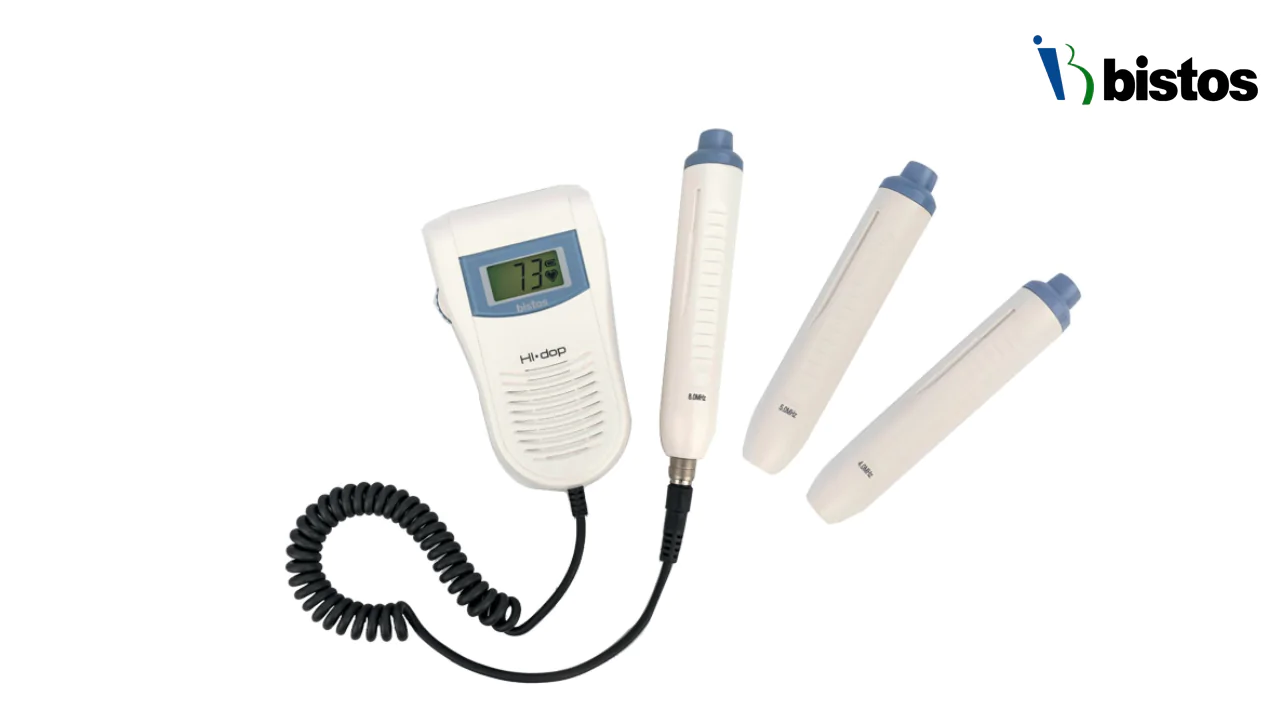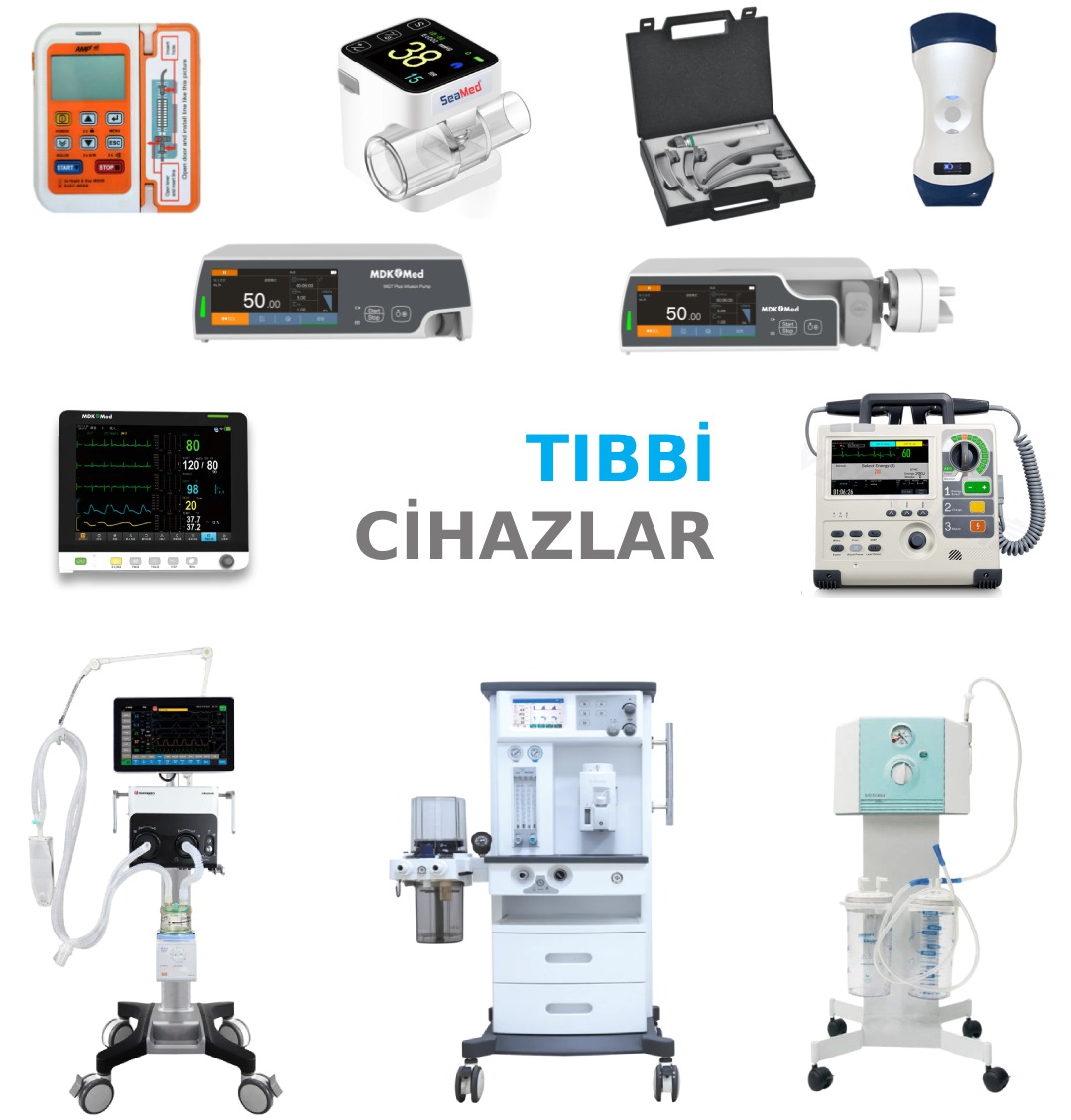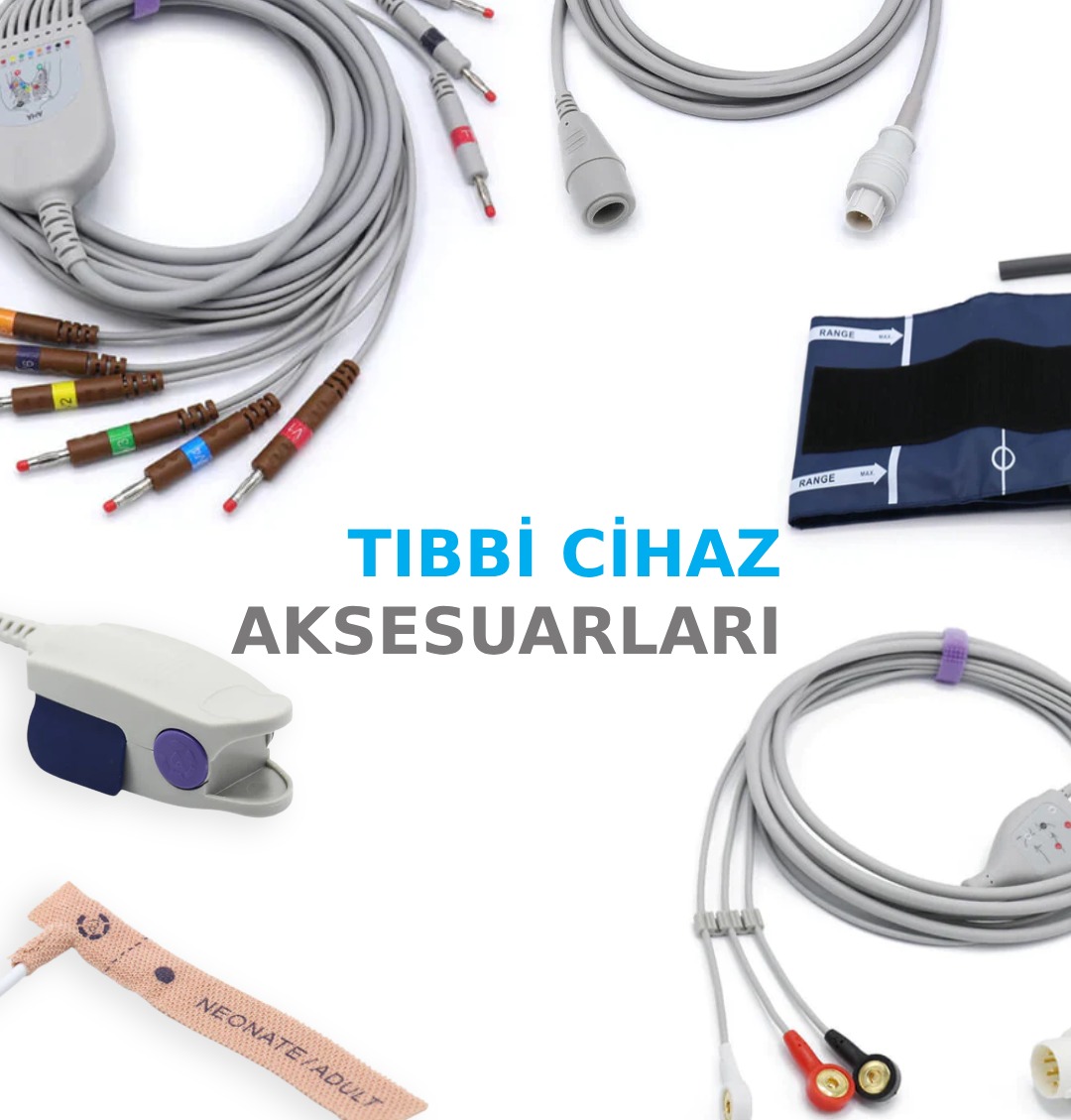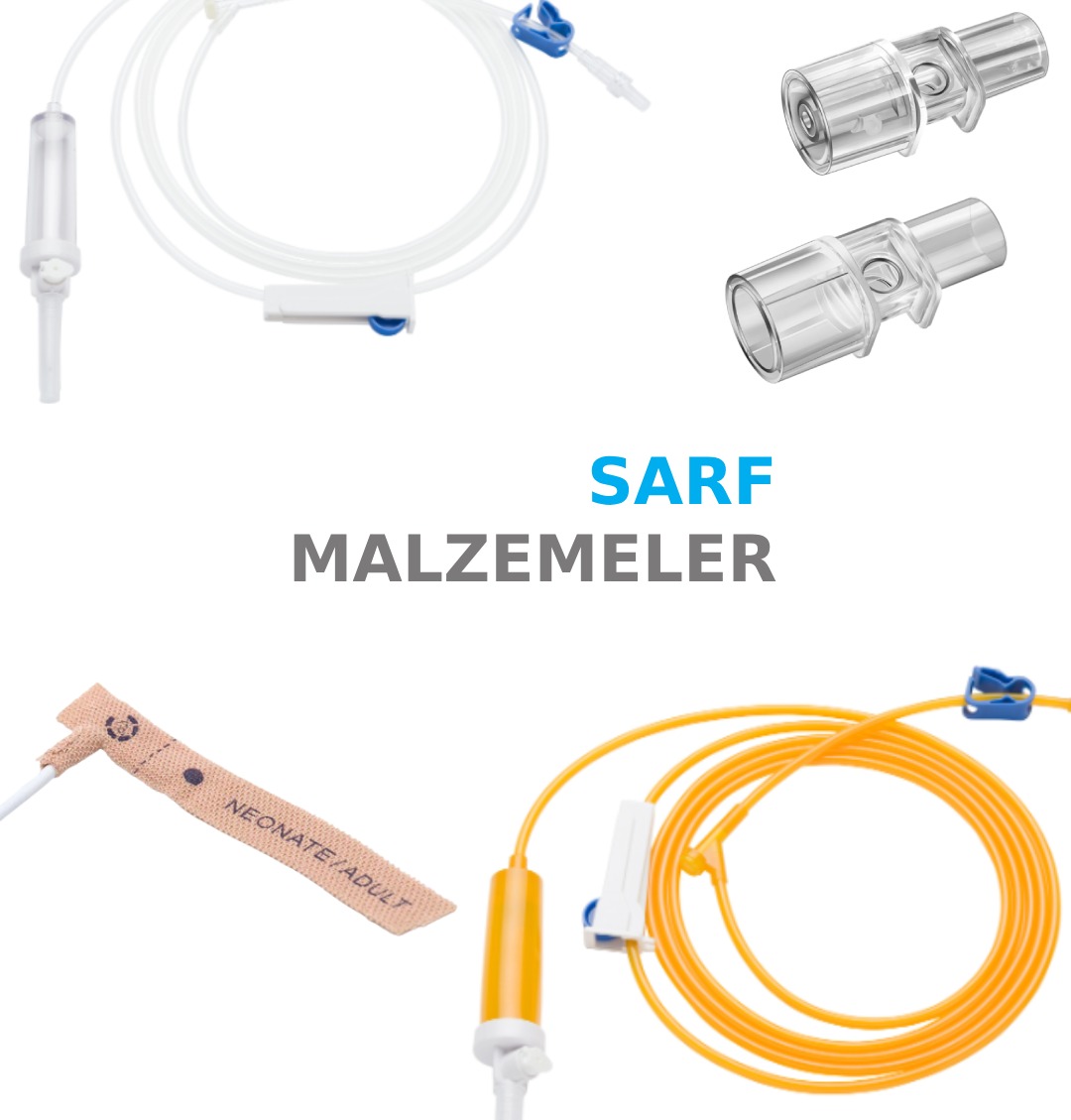
BISTOS BT-200 VASCULAR DOPPLER
- Lightweight Compact Structure and Easy Use
- LCD Screen
- 4, 5 and 8 MHz Probes for Different Clinical Applications
- High Precision Probes
- Internal Headphone Output
- Diabetic Foot Application
Vascular Doppler is a medical imaging technique used to evaluate the speed and direction of blood flow. This method is based on detecting blood flow in vessels as sound waves using ultrasound waves. Vascular Doppler plays an important role in many medical procedures used in diagnosing vascular diseases, monitoring blood flow, and during surgical interventions.
Vascular Doppler devices include an ultrasound transducer and a voice recorder. The transducer sends out low-frequency ultrasound waves and receives reflected waves. These waves shift in frequency depending on the speed and direction of blood flow. The audio recorder processes these frequency shifts and produces a graph or audio output to visualize the speed and characteristics of blood flow.
Vascular Doppler has many different uses. It is especially widely used in the evaluation of veins and arteries in the cardiovascular system. This technique is used to diagnose and monitor conditions such as peripheral arterial disease, thrombosis, varicose veins, arterial stenosis, venous insufficiency. It is also used in areas such as monitoring fetal blood flow during pregnancy, evaluation of anastomoses during organ transplantation, and localization of vessels in surgical interventions.
Here are some medical-technical terms related to vascular Doppler: “Pulsed Doppler” is a technique that uses pulsed ultrasound waves to measure blood flow in a specific target area. "Continuous Wave Doppler" is a technique that uses continuous ultrasound waves to evaluate the speed and direction of blood flow. "Spectral Analysis" provides information about the speed and characteristics of blood flow by analyzing the frequency spectrum of Doppler signals.




